Disclosure: This article contains affiliate links. We may earn a commission from purchases at no extra cost to you, which helps our travel content.
The Mongolian steppe stretches before me like an endless sea of grass, the wind carrying whispers of an empire that once ruled half the known world. Standing amidst the ruins of Karakorum, Genghis Khan's 13th-century capital, I feel the convergence of my two worlds—the preservationist and the explorer. My father, who spent years documenting rare plant species across Asia's remote regions, first told me stories of Mongolia's vast wilderness when I was just a child in our Florence apartment. Now, after years of ranger work in Australia's rugged landscapes, I've finally made the journey to this ancient crossroads where nomadic traditions and imperial ambitions have left their mark on both culture and nature. This isn't just another trip—it's a pilgrimage to understand how humans and landscapes have shaped each other in one of history's most fascinating chapters.
The Ghost Capital: Navigating Karakorum's Archaeological Landscape
Karakorum doesn't announce itself with towering monuments or imposing walls like other ancient capitals. Instead, it reveals itself gradually, almost reluctantly, across the windswept grasslands. The modern town of Kharkhorin sits adjacent to the archaeological site, creating a fascinating juxtaposition of gers (traditional Mongolian yurts) and excavated foundations of what was once the administrative heart of the largest contiguous empire in history.
On my first morning, I wake before dawn, pulling on layers against the summer morning chill. My merino wool base layer has become my second skin on this journey—lightweight enough for summer days that can reach 30°C but insulating during the surprisingly cold mornings that hover around 5°C. The steppe's extreme continental climate demands respect and preparation.
I meet Batbayar, my local guide with weather-worn hands and eyes that crinkle when he laughs, at the edge of town. 'My grandfather's grandfather's grandfather,' he tells me, tracing an invisible lineage in the air, 'was a herder on these same lands.' This connection to place strikes a chord with my ranger's heart—how many generations have shaped and been shaped by this landscape?
We begin at the stone turtle markers that once guarded the city's boundaries. These ancient sentinels, carved from granite, have weathered centuries of harsh Mongolian seasons. One sits partially buried, its shell worn smooth by countless winter snows and summer rains. I run my hand over the cool stone, feeling the connection across centuries.
'The Mongols believed turtles held up the world,' Batbayar explains. 'They placed them here to prevent the city from moving.' I smile at the poetry of this explanation, thinking how conservation work often involves similar beliefs—that with the right protections in place, we can anchor important things against the flow of time.
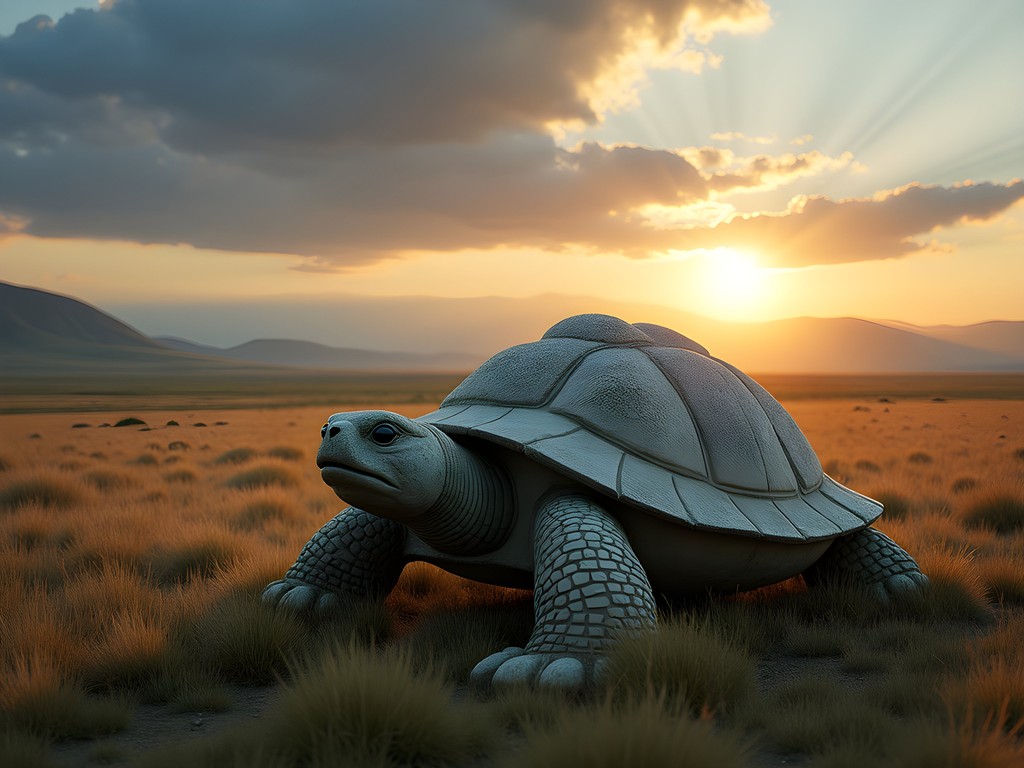
💡 Pro Tips
- Hire a knowledgeable local guide for context—the archaeological site makes much more sense with historical interpretation
- Visit the stone turtle markers early morning for the best photography light and fewer visitors
- Bring binoculars to spot wildlife on the surrounding steppe while exploring the archaeological zones
Erdene Zuu: Where Buddhism and Empire Converge
The jewel in Karakorum's archaeological crown is undoubtedly Erdene Zuu Monastery—Mongolia's oldest Buddhist monastery, built in 1585 using stones from the ruined ancient capital. Its massive 400-by-400 meter walled compound houses three remaining temples (from an original 60+) and creates a sanctuary that feels worlds away from the windswept steppe outside.
I spend an entire day exploring this spiritual complex, my travel journal filling with sketches and observations. The monastery represents a fascinating layer in Mongolia's cultural landscape—Buddhism arrived with the empire but was later suppressed during the communist era, only to resurface with renewed vigor after 1990.
'When I was a boy,' Batbayar tells me as we watch monks perform morning rituals, 'my grandmother would pray in secret. Now we pray in the open again.' His words remind me of conversations with Aboriginal elders in Australia's Northern Territory, who spoke of cultural practices going underground only to reemerge stronger decades later. The resilience of traditional knowledge continues to amaze me across continents.
The monastery's 108 stupas (Buddhist reliquary monuments) form a stunning white necklace around the compound. I learn each represents a bead on a Buddhist rosary, creating a physical manifestation of prayer. As someone who documents the intersection of cultural and natural landscapes, I'm fascinated by how this spiritual architecture transforms the surrounding environment.
Inside the temples, vibrant paintings depict Buddhist cosmology alongside distinctly Mongolian interpretations. Photography is restricted in many areas, so I sit cross-legged on worn carpets, sketching details of dragons and deities while monks chant nearby. The air is heavy with incense and history.
A young monk notices my drawings and approaches, curious about my interest. Despite our language barrier, we communicate through my sketches. He points to certain symbols, explaining their significance through gestures and the few English words he knows. These unexpected connections are why I travel—moments of shared humanity across cultural divides.

💡 Pro Tips
- Remove shoes before entering temple buildings and dress modestly with shoulders and knees covered
- Bring small denominations of local currency (tögrög) for donations when visiting active religious sites
- Visit during morning prayer ceremonies (usually starting around 9am) to experience the monastery at its most vibrant
Living Among Nomads: The Modern Face of Ancient Traditions
To truly understand Karakorum's cultural landscape, I arrange a three-day homestay with a nomadic family whose summer pastures lie just 15km from the ancient capital. This proximity to the historical site while maintaining traditional lifeways perfectly illustrates Mongolia's fascinating blend of ancient and modern.
The family—Otgonbayar, his wife Altantsetseg, and their three children—welcome me into their ger with warm milk tea and dried curd snacks. Their circular felt dwelling is essentially unchanged in design from what Genghis Khan would have used, yet solar panels power a television and charge mobile phones. This practical adaptation reminds me of remote ranger stations in Australia's outback, where traditional knowledge and modern technology coexist pragmatically.
My first night, I sleep on a low wooden bed beneath layers of embroidered blankets, the ger's central stovepipe framing a perfect circle of stars through the roof opening. My sleeping bag liner provides just enough extra warmth and a hygienic barrier—a travel essential I've come to rely on for homestays around the world.
Days fall into the rhythm of nomadic life. I help Altantsetseg milk mares in the morning (my clumsy attempts earning good-natured laughter) and learn to process the milk into airag, a fermented drink central to Mongolian culture. Otgonbayar teaches me to ride Mongolian-style, with short stirrups and reins held in one hand—a technique that feels foreign after years of Western riding during ranger patrols.
'Our ancestors rode from here to Europe on horses like these,' he tells me proudly as we look across the steppe from a ridgeline. The landscape suddenly contracts in my imagination—I can visualize the Mongol horsemen covering these vast distances, their empire expanding across continents.
In the evenings, their teenage son shows me social media videos of traditional Mongolian throat singing alongside K-pop performances he admires. This seamless blending of traditional and contemporary influences reminds me that cultures are never static—they evolve while maintaining core elements that define identity. As someone who documents cultural landscapes professionally, I find this dynamic preservation fascinating and hopeful.

💡 Pro Tips
- Bring a small practical gift for homestay hosts—items like quality flashlights, multi-tools, or photo prints from your home country are appreciated
- Learn basic Mongolian greetings and thank you ('bayarlalaa') to show respect
- Pack wet wipes and hand sanitizer as bathing facilities are limited in traditional ger camps
Mapping the Invisible City: Archaeological Insights and Modern Research
While Karakorum's visible remains may seem modest compared to other ancient capitals, recent archaeological work has revolutionized our understanding of this once-magnificent city. I spend a day with Dr. Ankhbayar, an archaeologist with the Mongolian Academy of Sciences, who shares fascinating insights from recent excavations.
'We are using ground-penetrating radar to map entire neighborhoods that lie beneath the surface,' she explains as we walk across seemingly empty grassland. On her tablet, she shows me digital reconstructions of 13th-century Karakorum—a cosmopolitan city where Chinese artisans, Persian astronomers, European craftsmen, and Mongol aristocrats created a multicultural center of commerce and knowledge.
The archaeological team has identified distinct districts: Muslim quarters with mosques, Christian neighborhoods with Nestorian churches, Buddhist temples, and Chinese-style administrative buildings. This diversity challenges simplistic views of the Mongol Empire as purely destructive—it was also a sophisticated civilization that facilitated unprecedented cultural exchange.
I'm particularly moved by evidence of ancient water management systems. Using my compact binoculars, I scan the landscape as Dr. Ankhbayar points out subtle depressions that once formed canals and reservoirs. Having studied cultural landscapes in multiple continents, I'm fascinated by how different civilizations solve similar environmental challenges.
'The Mongols understood water,' she tells me. 'Not just for drinking, but as power—controlling water meant controlling the steppe.' This wisdom resonates deeply with my conservation background, where water management remains central to environmental stewardship across Australia's drought-prone regions.
We visit the small but excellent Karakorum Museum, where artifacts tell intimate stories of daily life: Chinese porcelain, Islamic glass, European metalwork, and Mongolian bronze all testify to the city's global connections. A simple clay cup bears fingerprints from eight centuries ago—a potter's thumb pressed into wet clay, creating a timeless human connection across centuries.
As the sun sets over the steppe, casting long shadows across archaeological trenches, I reflect on how cities rise and fall but landscapes endure. The grass that feeds nomadic herds today grew over imperial palaces, yet the cultural memory remains—layered, complex, and continuously reinterpreted by each generation.
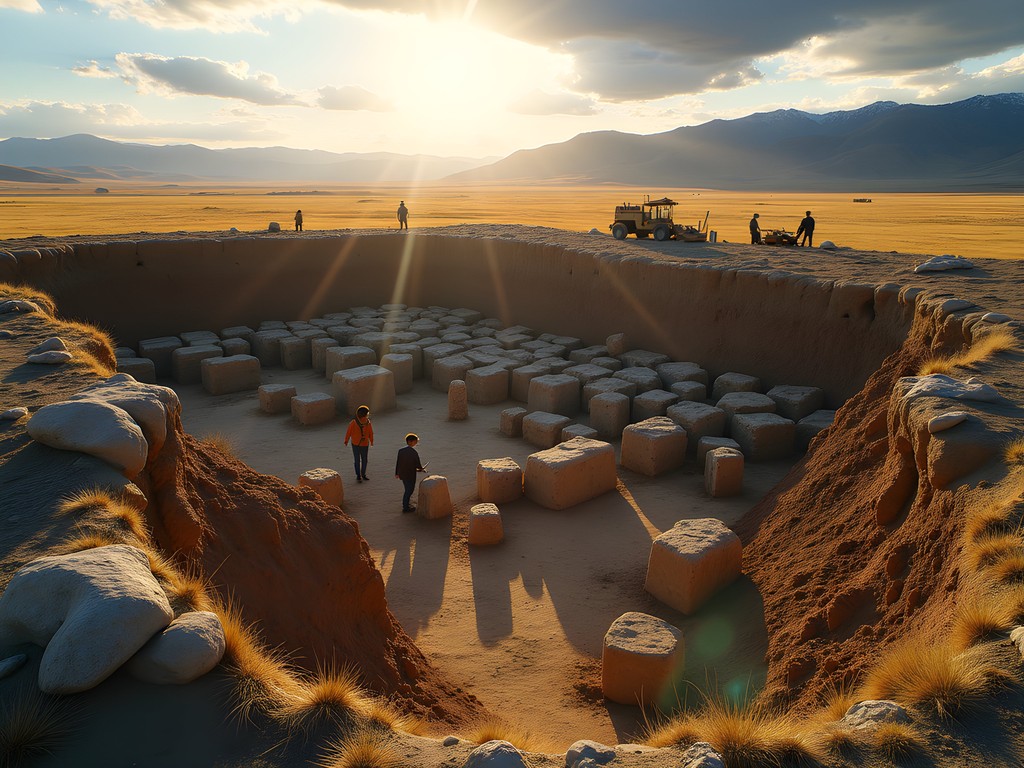
💡 Pro Tips
- Visit the Karakorum Museum early in your trip for essential historical context before exploring the archaeological site
- Join scheduled archaeological tours when available (usually advertised at the museum entrance and local guesthouses)
- Download offline maps as cell service is unreliable around the archaeological zones
Naadam Festival: Ancient Traditions in Modern Celebration
I time my visit to coincide with Mongolia's summer Naadam Festival—a centuries-old celebration featuring the 'three manly sports' of wrestling, horse racing, and archery. While the national festival in Ulaanbaatar draws larger crowds, the local Naadam near Karakorum offers a more intimate experience deeply connected to the landscape where these traditions evolved.
The festival grounds transform the steppe into a vibrant explosion of color and activity. Families arrive on motorcycles and in old Russian vans, unloading colorful gers, traditional deel robes, and enormous pots for communal meals. Children practice wrestling moves while teenagers show off horsemanship skills, traditions passing seamlessly between generations.
The horse races are particularly spectacular—young children (some as young as five) ride bareback across the steppe for distances up to 30km. These aren't short circuit races but endurance tests across the actual landscape. My telephoto zoom lens captures the determination on their small faces as they thunder past, embodying a tradition unchanged for centuries.
'My great-grandfather won three Naadam races,' Batbayar tells me proudly, pointing to his nephew among the child jockeys. 'Now his great-grandson rides the same bloodline of horses.' This continuity of tradition across generations creates a living connection to the empire period when these same skills—riding, wrestling, archery—were military necessities that built an empire.
The wrestling matches follow ancient protocols, with contestants performing a distinctive eagle dance before and after bouts. Unlike Western wrestling with weight classes, Mongolian böke has no divisions—creating David-versus-Goliath matchups where technique often triumphs over size. The champions are celebrated as national heroes, their names known in every ger across the country.
What strikes me most is how these traditions remain vibrant rather than becoming fossilized performances for tourists. This is genuine cultural continuity—the games matter intensely to participants and spectators alike. As a conservationist who works with cultural landscapes, I find this living heritage particularly meaningful. Just as Australia's Aboriginal fire management practices remain relevant to modern conservation, Mongolia's traditional pastoralism and associated cultural practices continue to shape both landscape and identity.
As evening falls, the celebration continues with throat singing performances and communal feasting. Under stars that seem close enough to touch, I share airag and mutton with new friends, our languages mixing in a modern echo of Karakorum's cosmopolitan past.

💡 Pro Tips
- Check local festival dates as they may differ from the national Naadam in Ulaanbaatar (usually July 11-13)
- Bring cash for food vendors and local crafts as there are no ATMs at rural festival grounds
- Wear a hat and strong sunscreen—there's minimal shade on the festival grounds and summer sun is intense
Final Thoughts
As my two weeks in Karakorum draw to a close, I find myself standing once more among the stone turtle markers, watching the setting sun paint the steppe gold. This landscape has been a classroom, revealing how empires rise and fall while cultural traditions adapt and endure. The nomadic practices that sustained armies eight centuries ago continue to maintain both human communities and grassland ecosystems today—a powerful reminder that cultural and natural heritage are inseparable. In my work as a ranger in Australia's diverse landscapes, I'll carry these insights back with me—how traditional knowledge systems can inform modern conservation, how cultural continuity strengthens environmental stewardship, and how ancient wisdom often holds solutions to contemporary challenges. Karakorum may be largely invisible to the casual eye, but its legacy lives on in every throat song, every galloping horse, and every ger that dots Mongolia's endless horizon. I leave with the certainty that I'll return, drawn back by the whispers of empire that still ride the steppe winds.
✨ Key Takeaways
- Karakorum reveals itself slowly—bring patience and historical context to fully appreciate this archaeological landscape
- Local guides provide essential cultural interpretation that connects the visible ruins to the invisible city that once stood here
- Traditional nomadic practices around Karakorum demonstrate remarkable continuity with imperial-era lifeways
- Timing your visit with local festivals offers deeper insight into living cultural traditions connected to the landscape
📋 Practical Information
Best Time to Visit
June to August (summer)
Budget Estimate
$50-100 USD per day (mid-range)
Recommended Duration
7-14 days
Difficulty Level
Challenging

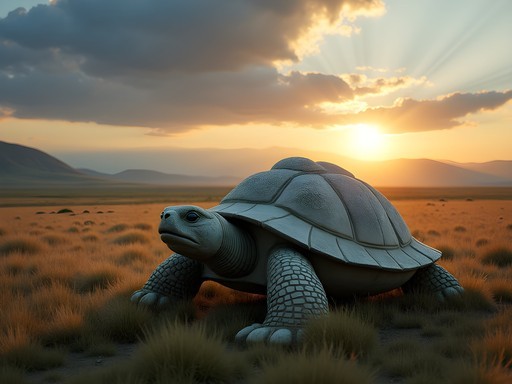
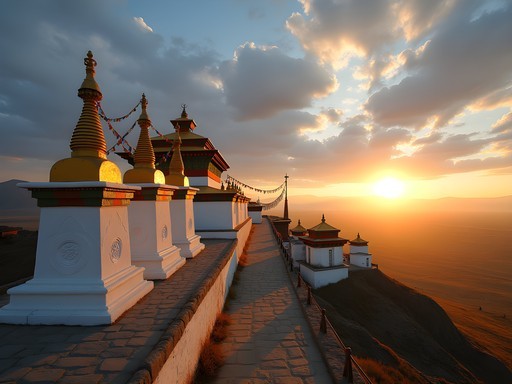
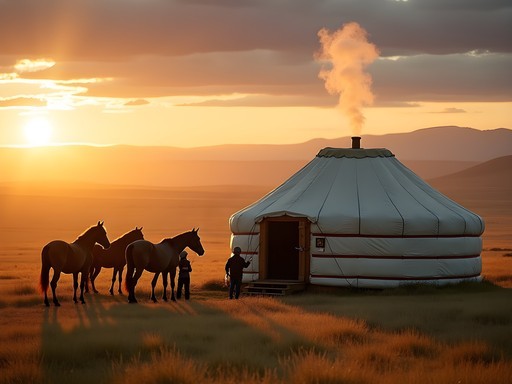
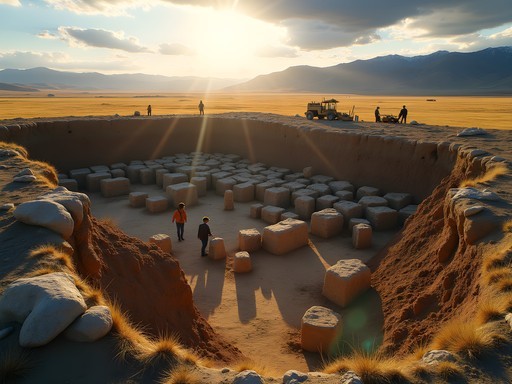



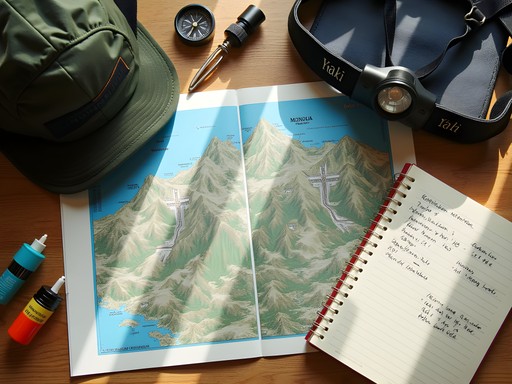





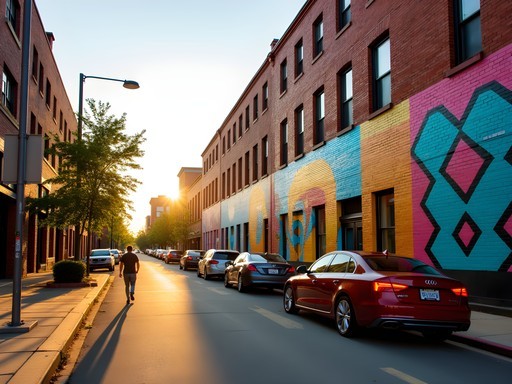
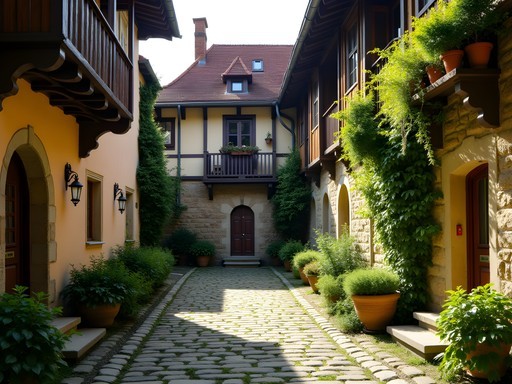
Comments
springexplorer
Your photos are incredible! Adding this to my bucket list right now!
sunsetmate
Those photos of Erdene Zuu are stunning! I've never considered Mongolia as a travel destination before but now I'm intrigued. How difficult is it to travel there if you don't speak the language? Is English widely spoken?
Hunter Thompson
In Ulaanbaatar, you'll find English speakers in hotels and tourist spots, but out in places like Karakorum, it's much more limited. I'd recommend learning a few basic Mongolian phrases and having a translation app handy. The locals are incredibly friendly though - even with the language barrier, they went out of their way to help me!
Hunter Thompson
Absolutely brilliant post! Karakorum is such an underrated destination! I backpacked through Mongolia last year and spent 4 days exploring the ancient capital. Pro tip for anyone planning to visit: the best views of the entire archaeological landscape are actually from the small hill about 2km north of Erdene Zuu monastery - almost nobody goes there but you can see the entire layout of the ancient city from above! Also, try to time your visit with the local Naadam festival if possible - watching horse racing and wrestling on the same plains where Genghis Khan's warriors trained is MIND-BLOWING!
winterdiver8806
That viewpoint tip is gold! I totally missed that when I was there. Definitely noting it for next time.
Bryce Diaz
Maya, your description of standing among those ancient stone turtle markers gave me chills! I visited Karakorum three years ago and felt that same strange connection to history. The juxtaposition of ancient empire and modern nomadic life is something I've never experienced anywhere else. I spent a week mapping the old city walls with my GPS tracker and a local archaeologist who shared fascinating stories about recent discoveries. Did you get a chance to visit the small museum? They have some incredible artifacts from recent excavations that aren't widely publicized. The curator there showed me pottery fragments that still had fingerprints from artisans who lived 800 years ago!
waveexplorer
This looks amazing! How hard was it to get to Karakorum from Ulaanbaatar? I'm planning a trip to Mongolia next summer and wondering if it's doable without a tour guide?
Maya Coleman
It's definitely doable! There are public buses from UB to Kharkhorin (modern Karakorum) that take about 6-7 hours. Just be prepared for a bumpy ride! Once there, you can explore the main sites on foot or hire a local driver for day trips to more remote areas.
Bryce Diaz
I'd recommend at least having a local guide for the archaeological sites - there's so much history that isn't obvious without someone explaining the context. I wandered around for an hour before realizing I was standing on what used to be Ögedei Khan's palace foundations! My guide Batbayar was amazing - happy to share his contact if you need.
winterdiver8806
Maya, your post brought back so many memories! I visited Karakorum last summer and was equally blown away by the contrast between ancient history and nomadic life continuing unchanged. That moment at Erdene Zuu when the monks started chanting was absolutely surreal. Did you get a chance to stay with a nomadic family? That was the highlight of my trip - learning to milk a mare and drinking airag straight from the source!
Maya Coleman
Thanks winterdiver8806! Yes, I stayed with a family about 15km outside the main archaeological site. Such an incredible experience - though I admit I wasn't brave enough to drink much airag! The mare milking was definitely a humbling experience.
Taylor Moreau
Excellent write-up on Karakorum, Maya. I was there on a business trip last year documenting sustainable tourism initiatives and found the contrast between ancient history and modern development fascinating. The nomadic homestay program is becoming more structured now, which is good for visitors but I do hope it maintains authenticity. For anyone planning to visit, I'd recommend bringing a solar charger as electricity can be sporadic outside Ulaanbaatar. The archaeological work at Karakorum is truly world-class - did you get to see the new visitor center they're building? It's supposed to house some impressive interactive exhibits on the Mongol Empire.
Maya Coleman
Thanks Taylor! I saw the visitor center construction but it wasn't open yet. The archaeologist I spoke with mentioned it would be ready later this year. Completely agree about maintaining authenticity with the homestays - it's a delicate balance.
greenlife
The solar charger is a great tip! I relied on power banks but they eventually ran out. Will definitely pack differently next time.
escapegal
Those stone turtle markers look amazing! Planning to visit Mongolia next summer. Is it easy to get to Karakorum from Ulaanbaatar?
Maya Coleman
It's about a 5-hour drive from UB! You can either join a tour or take a public minibus from Dragon Bus Station. The minibus is an adventure in itself - always packed with locals, supplies, and sometimes even livestock!
escapegal
Thanks! Definitely going for the minibus experience then!
greenlife
Maya, this post brought back so many memories! I visited Karakorum last summer and was completely blown away by how the ancient and modern exist side by side. The Erdene Zuu monastery was definitely my highlight too - those prayer wheels and the sense of history was incredible. Did you get a chance to try airag with any of the nomadic families? That fermented mare's milk was... an experience to say the least! The archaeological mapping section of your post was fascinating - I had no idea they were using so much technology to uncover the hidden parts of the city.
Maya Coleman
Thanks so much, greenlife! Yes, I definitely tried airag - my face in that first sip must have been quite the picture! The nomadic families I stayed with found it hilarious. The archaeological work happening there is really cutting-edge, isn't it? I was lucky to chat with one of the researchers who showed me some of the ground-penetrating radar images.
greenlife
That's so cool you got to see the actual research! And yes, my airag face was apparently hilarious too - the family I stayed with couldn't stop laughing!
Taylor Moreau
Maya, thank you for this thoughtful piece on Karakorum. As someone who has visited Mongolia regularly for business over the past decade, I've witnessed the gradual development of tourism infrastructure around historical sites like this. Your observation about the balance between archaeological preservation and modern development is particularly astute. The archaeological work happening there now is fascinating - I had the privilege of speaking with one of the German-Mongolian team members during my last visit. They're using ground-penetrating radar to map the entire ancient city layout, including structures that are no longer visible to the naked eye. The museum's recent additions documenting these findings are well worth a visit for anyone traveling there. I appreciate how you've highlighted both the historical significance and the living culture surrounding Karakorum.
Venture X
Premium card with 2X miles, $300 travel credit, Priority Pass